

Hum 3: Film Principles
Fr. Rene C. Ocampo, SJ/Bong S. Eliab
Second Semester, 2001-2002
Humanities Division
School of Arts and Sciences
Ateneo de Davao University
Syllabus | Notes | Examinations | Papers | Bulletin Boards | Grades
![]()
staging the action" -- it refers to "the director’s control over what appears in the frame"
mise-en-scene is the most familiar and recognizable of all cinematic elements, responsible for creating such memorable images and icons as the shadowy, rain-washed city streets of classic film noir; the bland suburban neighborhood of E.T.; the terrifyingly realistic dinosaurs in Jurassic Park; the black, gleaming metallic interior of the Death Star; Travis Bickle’s mohawk in Taxi Driver; the long, maze-like hallways of the Overlook Hotel in The Shining; the amazing, computer-generated transformations of Jim Carry’s body in The Mask; and so on. As Bordwell and Thompson write, mise-en-scene is often the source of "our most sharply etched memories of the cinema."
Setting:
Bordwell and Thompson write that the "overall design of a setting can significantly shape how we understand story action." In other words, setting is not merely a backdrop against which the story is told, but engages dynamically with the narrative.
Consider the role setting plays in shaping viewer response to the narrative action in the following stills from Blonde Venus.
 |
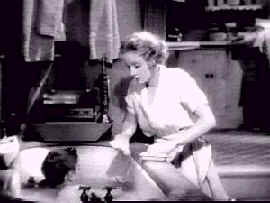 |
 |
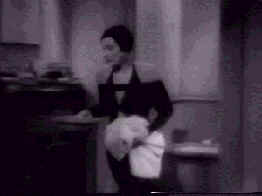 |
Filmmakers can use mise-en-scene to create imaginary worlds...
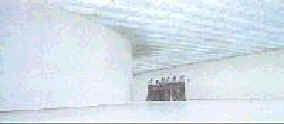 |
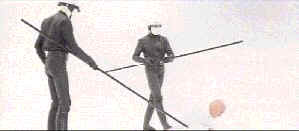 |
The sterile, bleached-out, fascistic society of George Lucas’s THX-1138. An effect often created by an apparent absence of setting.
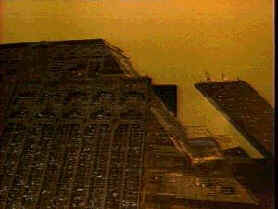 |
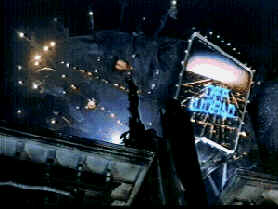 |
Ridley Scott’s stunning and richly detailed production design for Bladeruuner was heavily influenced by the visual style of American film noir, and creates a very different, although perhaps not less disturbing, vision of our society in the not-too-distant future.
Filmmakers can also use mise-en-scene to transform the real world...
 |
|
American film noir films of the 1940s typically take place in an urban milieu, full of dark, shadowy alleyways, empty rain-washed streets, and seedy hotels and bars. These highly expressionistic representations of urban America were not neutral, but reflected certain attitudes, desires, and fears about the state of American society.
Lighting:
Can you identify the characteristics (the direction, source, and quality) of the lighting in the following stills from Blonde Venus. What effects do these lighting choices have on viewer response to the narrative?
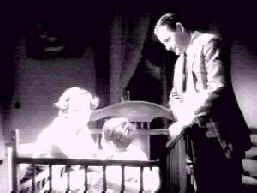 |
 |
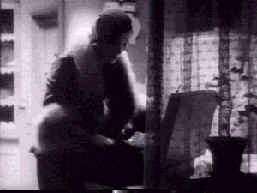 |
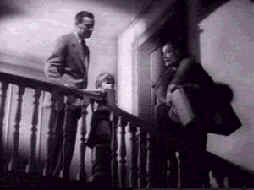 |
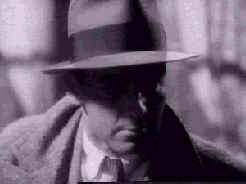 |
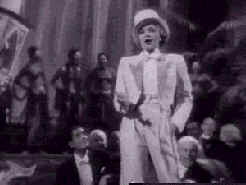 |
Costume and Make-Up
Consider how the costumes in the following stills from Blonde Venus effect viewer response to the Helen’s character.
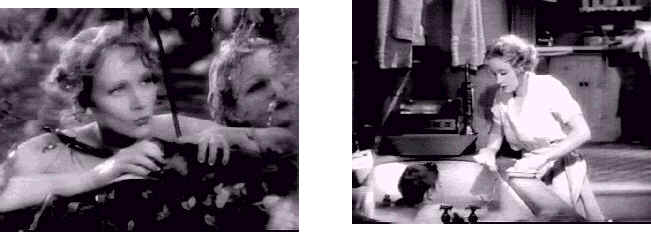 |
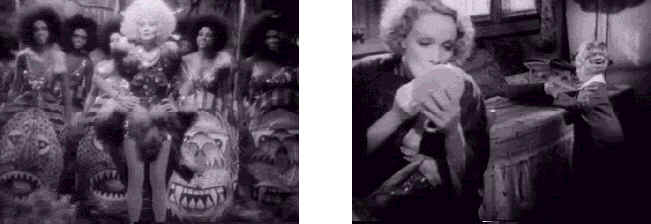 |
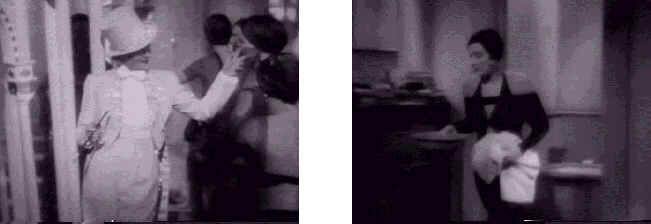 |
All Rights Reserved 2001
Ateneo de Davao University
15 November 2001